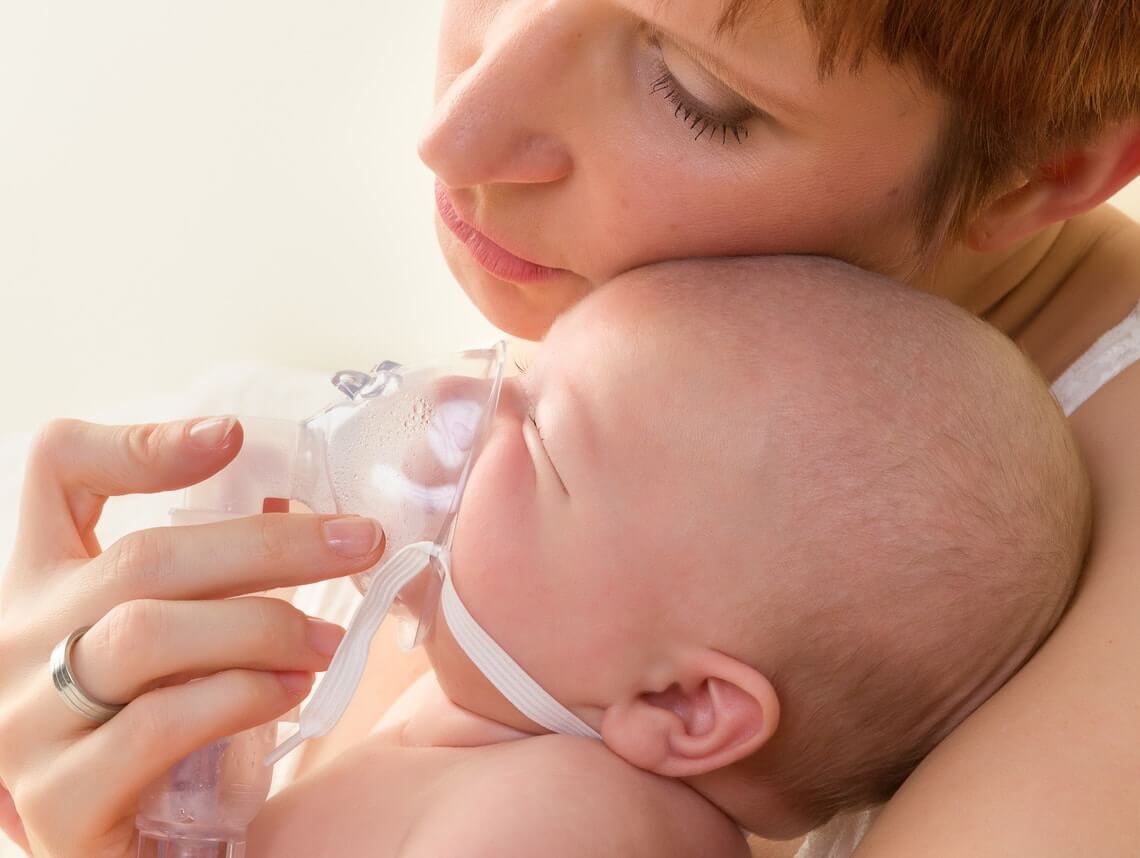
It’s always disheartening to hear a medical diagnosis affecting a child. And the concern and worry increase when the condition affects a vital organ — such as is the case with pulmonary stenosis. But, what does it all mean? What causes it? What are the symptoms? All of these questions need to be answered before being able to determine the best course of treatment. And even then, you’ll want to know how to best care for your child and provide the highest quality of life possible.
What is pulmonary stenosis?
Pulmonary stenosis is a congenital heart condition that occurs when the pulmonary valve of the heart is narrower than it should be. As a result, the child’s body has a more difficult time pumping oxygen-rich blood from the heart to the lungs. It is due to an abnormal development of the heart during the first trimester of pregnancy.
The severity of the condition may vary depending on how much the blood flow is obstructed. There are four types of pulmonary stenosis:
- Valvar pulmonary stenosis
- Supravalvar pulmonary stenosis
- Subvalvular pulmonary stenosis
- Branch peripheral pulmonic stenosis
Every variant involves a narrowing of a valve. What changes is the area of the valve that is narrowed — the valve leaflets, the artery above or below the valve, or the right or left pulmonary artery.
Causes of Pulmonary Stenosis in Children
Pulmonary stenosis can be caused by several factors. In some children, it is due to a defective gene, chromosome abnormalities, or environmental exposures. However, it’s also possible for a child to be born with the condition without any clear explanation.
If you have a family history of pulmonary stenosis, you can determine the likelihood of passing it on to your children by undergoing genetic counseling. You can do so when you’re planning a pregnancy, are already expecting a baby, and to manage your health.
Pulmonary Stenosis Symptoms
The symptoms of pulmonary stenosis will vary depending on the type of stenosis and the severity of the condition. However, the most common ones include:
- A fast heart rate/palpitations
- Rapid breathing/shortness of breath
- Bluish color around the lips and/or fingers
- Chest pain
- Exhaustion
- Swelling of the face, eyelids, abdomen, ankles, and/or feet
- Fainting
- Poor weight gain
Diagnosing Pulmonary Stenosis in Children
Diagnosing pediatric pulmonary stenosis involves a physical exam and listening to the child’s heart and lungs through a stethoscope. If the pediatrician suspects pulmonary stenosis, the child will then be referred to a cardiologist. Subsequently, the child may undergo x-rays of the chest, an electrocardiogram, echocardiogram, or cardiac catheterization.
Pulmonary Stenosis Treatment
If the condition is mild, the child won’t need treatment. However, if the pulmonary stenosis is moderate or severe, the child may have to spend time in an intensive care unit (ICU) and take medication to keep the valves or arteries open. Once the child is stabilized, they will have to undergo a procedure to repair the damaged valve. This may be done by inserting a catheter into the valve for a balloon dilation (inflating the balloon to keep the valve open) or surgery to either remove scar tissue from the valve or having tissue from the valve replaced with tissue from a donor.
Caring for a Child with Pulmonary Stenosis
Fortunately, the outlook for children with pulmonary stenosis is good. However, you and their caregivers should be proactive to ensure their optimal health. This includes:
1. Being Aware That They May Need Additional Procedures
Depending on the type and severity of the stenosis, the child may need to undergo procedures in their teens and later in adulthood to continue stretching the affected valve. This is to ensure everything is in good standing as your child grows.
2. Taking antibiotics
This is done to prevent infection of the heart lining and its valves. Your child may also need to take them prior to any future medical and dental procedures. Always follow the doctor’s instructions, even if your child seems to be feeling well.
3. Monitoring the Child
Regularly keep an eye on the child to verify whether they’re breathing normally or if they are experiencing signs of valve obstruction. If you notice any symptoms of pulmonary stenosis, seek medical care immediately.
4. Scheduling Regular Follow-Up Care
Your child will need to visit their cardiologist for follow-up care and monitoring for the duration of their life. These are often conducted at congenital cardiac care centers.
Contact Care Options for Kids for Home Health Care in Florida
It can be hard to balance your time between work, home, and caring for a child. That’s why our team of skilled professionals at Care Options for Kids is here to help.
Our home health care services offer support in the comfort of your home. We refer loving and competent nurses to provide customized care for families — from a few hours a day to around-the-clock supervision. Contact us directly to speak with a home health care professional or request a free in-home assessment. Together we can determine the best plan of action to keep your loved ones happy and healthy.
If you or a loved one are considering Pediatric Home Health Care Services in Florida, contact the caring staff at Care Options for Kids. Call today at (888) 592-5855.
